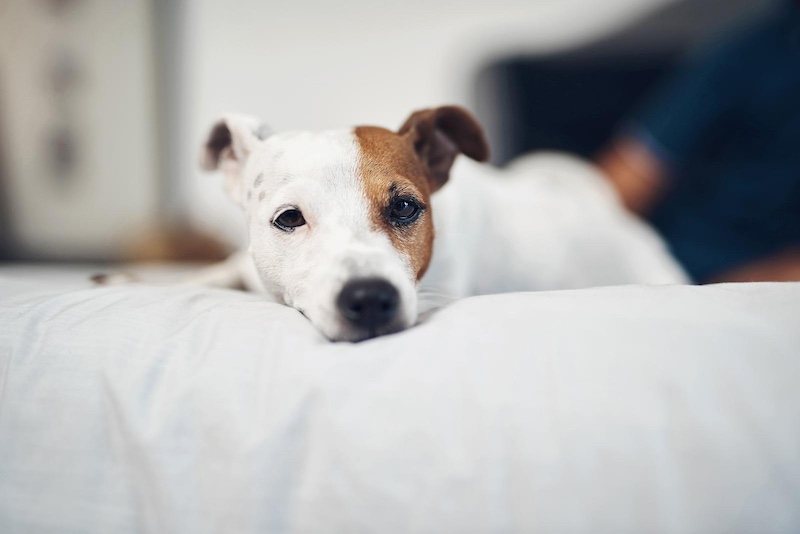When we think of home, we often envision a safe and cozy environment. However, for our furry friends, our homes can harbor hidden dangers that we might not initially recognize. Ensuring a safe environment for dogs requires awareness and proactive measures. Here are ten hidden dangers in your home for dogs and tips on how to mitigate them.
1. Human Foods
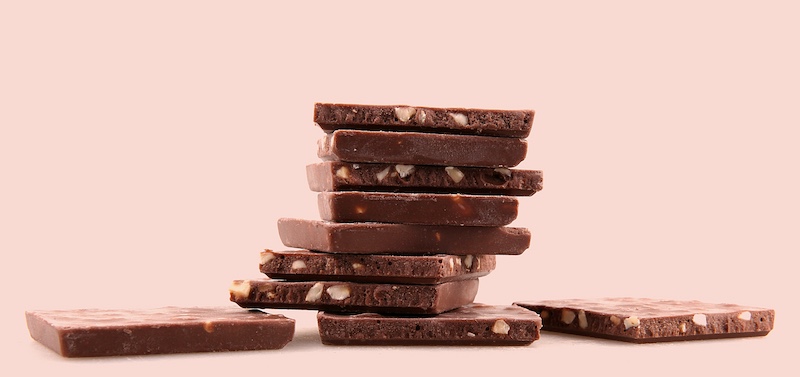
Certain foods that are safe for humans can be toxic to dogs. Common culprits include chocolate, grapes, raisins, onions, garlic, and foods containing xylitol, an artificial sweetener. Even small amounts can cause serious health issues like kidney failure or severe gastrointestinal distress.
Solution: Keep all human food out of reach and secure leftovers and trash properly. Educate all household members and guests about the dangers of feeding dogs human food.
2. Houseplants
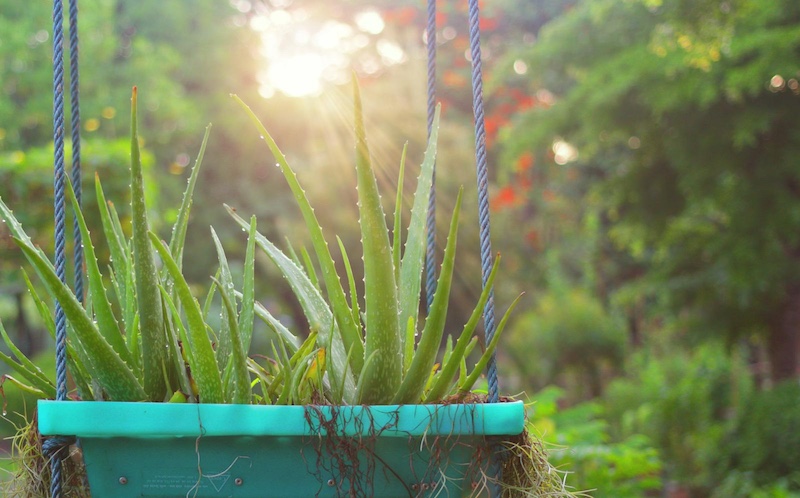
Many common houseplants are toxic to dogs. For example, lilies, azaleas, and philodendrons can cause symptoms ranging from mild gastrointestinal upset to severe poisoning.
Solution: Research before bringing any new plant into your home. Opt for pet-safe plants like spider plants, Boston ferns, and Christmas cacti.
3. Cleaning Supplies
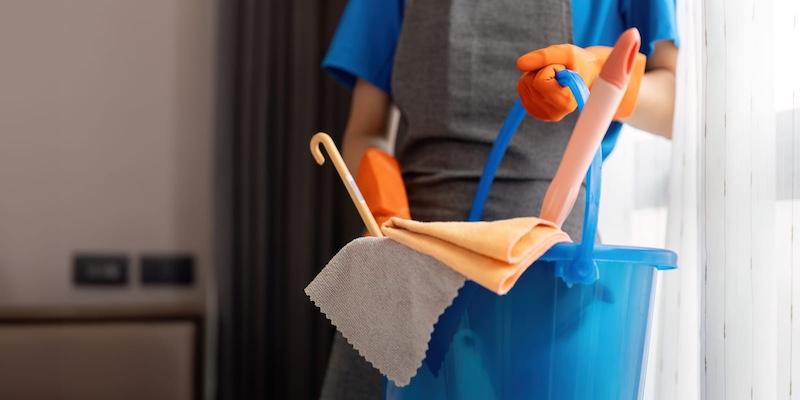
Household cleaning products often contain chemicals that are harmful if ingested or inhaled by dogs. Products like bleach, ammonia, and certain floor cleaners can cause burns, poisoning, or respiratory issues.
Solution: Store all cleaning supplies in cabinets that are either high or locked. Use pet-safe cleaning products when possible, and ensure the area is well-ventilated during cleaning.
4. Electrical Cords

Puppies and even adult dogs may chew on electrical cords, leading to electrocution or burns. Chewing cords can also cause fires.
Solution: Use cord organizers or covers to keep cords out of reach. Train your dog to avoid chewing on inappropriate items and provide plenty of safe chew toys.
5. Medications

Both human and veterinary medications can pose a significant risk if ingested by dogs. Over-the-counter pain relievers, antidepressants, and blood pressure medications are particularly dangerous.
Solution: Store all medications in secure, dog-proof containers and keep them out of reach. Never leave pills out on counters or nightstands.
6. Small Objects
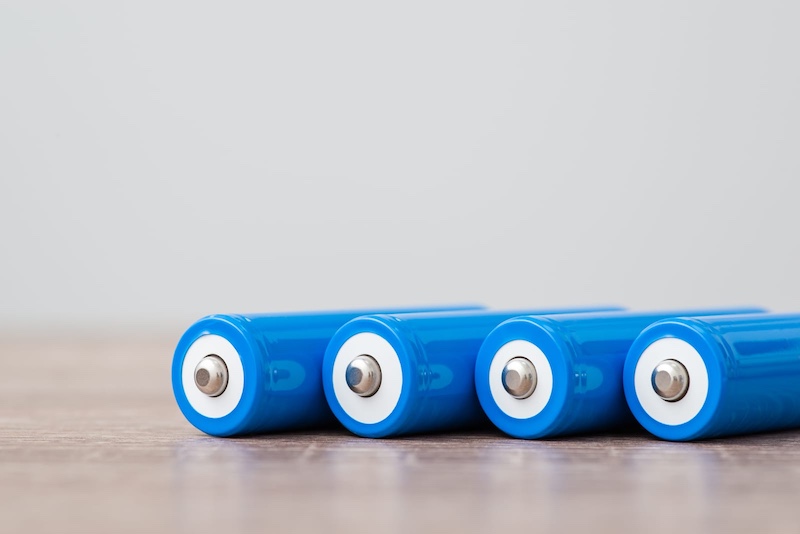
Small household items like batteries, coins, jewelry, and children’s toys can become choking hazards or cause internal blockages if swallowed.
Solution: Keep small objects off the floor and out of your dog’s reach. Regularly inspect areas where your dog spends time for any items they could swallow.
7. Trash Cans
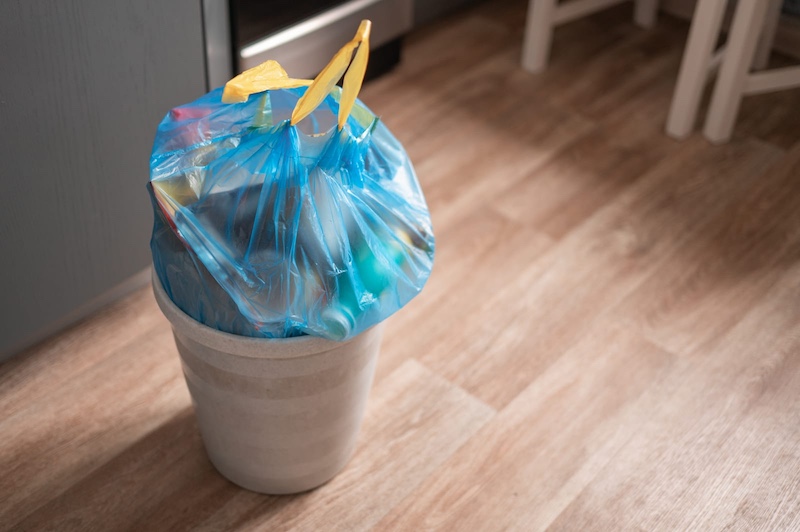
Trash cans are treasure troves of potential hazards, including spoiled food, bones, and toxic substances like coffee grounds and cleaning wipes.
Solution: Use trash cans with secure lids or place them in cabinets. Ensure that outdoor trash is also secure to prevent scavenging.
8. Rodenticides and Insecticides
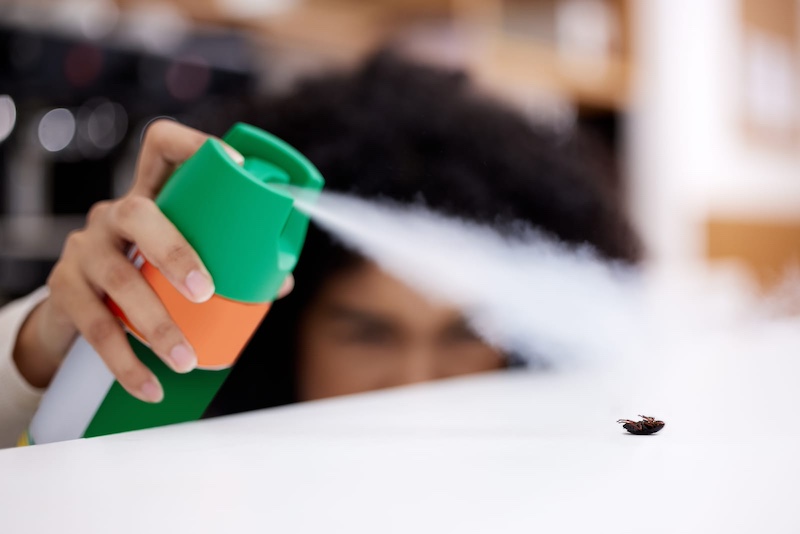
Products designed to kill rodents and insects are highly toxic to dogs. These substances can cause severe illness or death if ingested.
Solution: Use pet-safe pest control methods. If you must use these products, place them in areas completely inaccessible to your dog and follow all safety guidelines.
9. Toilet Bowl Cleaners
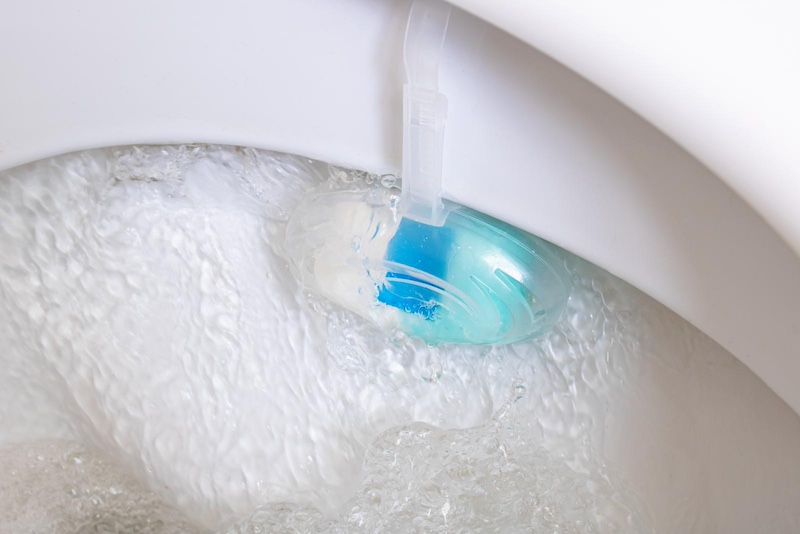
Toilet bowl cleaners, especially the in-tank variety, can be harmful if your dog drinks from the toilet.
Solution: Always close toilet lids and keep bathroom doors closed. Consider using pet-safe toilet bowl cleaners.
10. Open Windows and Balconies
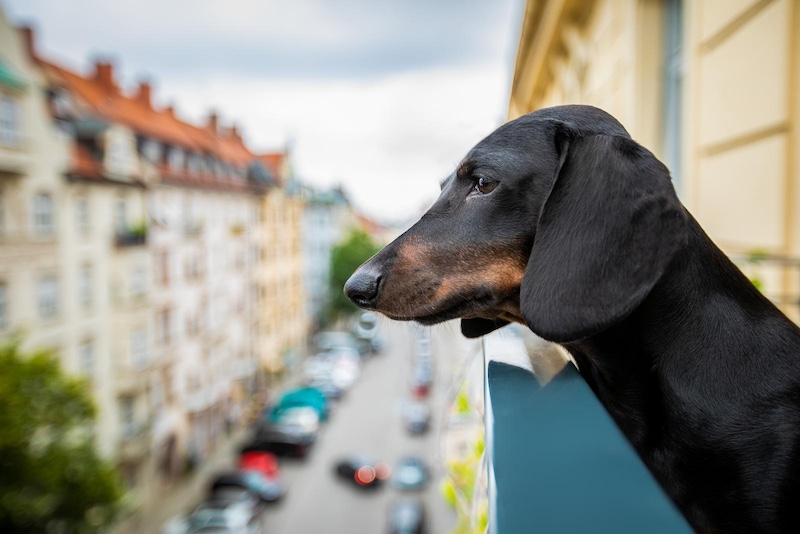
Dogs, especially curious or excitable ones, can easily fall out of open windows or off balconies, leading to serious injuries or death.
Solution: Ensure all windows have secure screens and supervise your dog when they are on balconies. Consider installing safety barriers if necessary.

